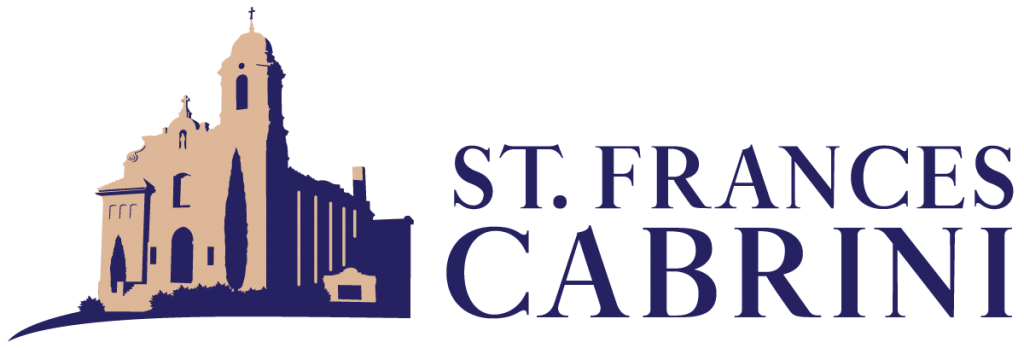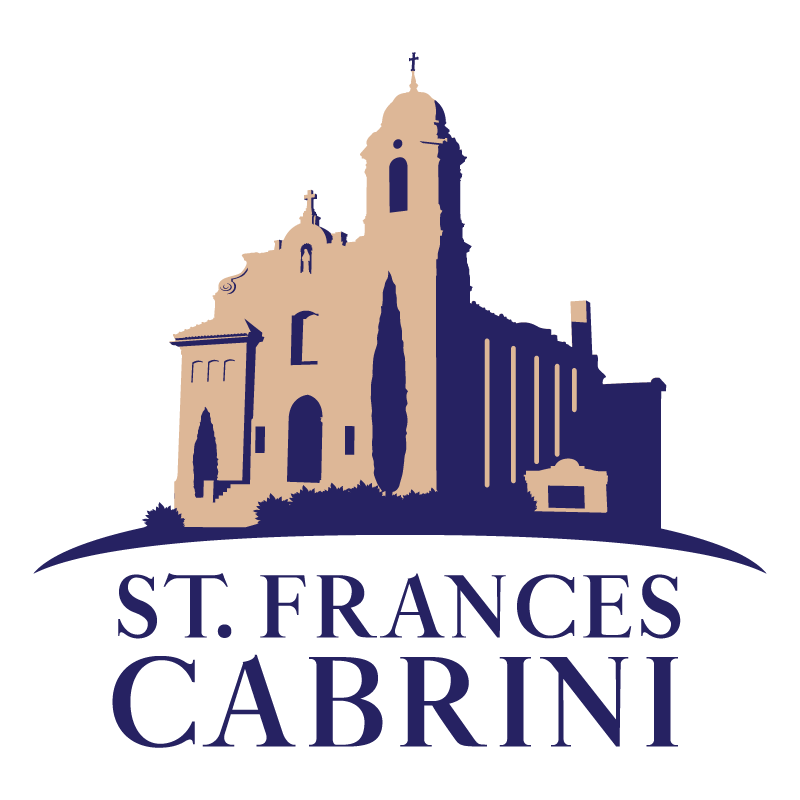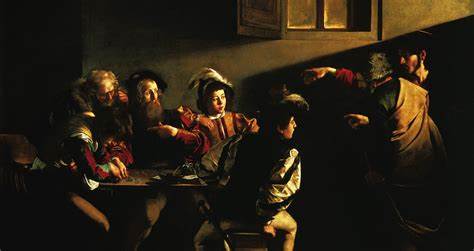Dear Friends,
In the rectory, I have a reprint of a painting by Caravaggio that depicts the calling of St. Matthew. Like most of his paintings, this one has lots of darkness and glimmers of light similar to the paintings of Rembrandt. Chiaroscuro is the term from art that means “light-dark”—a technique of using strong contrasts to represent forms in painting. The light appears all the brighter because of its contrast with darkness.
During the spring of the year, we enter this contrast between light and dark in natural ways. The natural world around us is awakening from the emptiness of winter into the glory of springtime. Trees are coming alive with leaves; perennials are poking up through the earth. The earth is awakening after the slumber of winter. Through creation, God is reminding us that life comes after death.
As I mentioned in my homily last Sunday, in Genesis, each day of creation closes with “evening came, morning followed.” The Jewish cycle of each day begins in the evening—the dark—and moves into the light of a new day. We begin the day in darkness. Darkness is contrasted with light. Light then swallows up the darkness.
We see this same pattern over and over again in our lives, even in simple things like our meals. In order to sustain life, death must occur. Every meal we eat is a reminder that something, either plant or animal, was once alive but is no longer. The life that flowed through its cells is now bringing life to our own bodies. Every meal is a constant reminder of the Last Supper—where Christ gives us his own body and blood for nourishment.
The theme of hopelessness turning into rejoicing, of weeping that lasts during the night before the joy that comes in the morning, forms the basis of so many stories and movies. If we did not feel the peril and potential loss of the knight as he battles the dragon or the hero as she takes on incredible odds, we would not feel the thrill of the victory over what seemed to be hopeless. A hero that easily dispatched dangers and foes would not stir the imagination or dispel our concern.
As the church so often teaches, becoming more like Christ is a daily process of renunciation; it is a series of deaths—death to self…to my desires, my comfort, my time. We are to be like Christ who did not consider equality with God something to be grasped but made himself nothing for our sake. Each of those movements may feel like death, but instead they bring us life.
After Adam and Eve sinned, death came to the earth. But God promised that death would not have the last word—that life will overcome death. This idea is woven into the fabric of the cosmos: in nature, in cultures and nations, in persons and relationships, in stories – both epic and simple, sacred and profane. It is true even in the food we eat. This theme is our life and liturgy, Wo
rd and Sacrament, the life, death, and resurrection of Jesus Christ.
We all face a scary time with the Covid19 crisis, but what we have celebrated the past couple of weeks remind us of God’s promise. As we moved through Holy Week, we remembered the Last Supper, the Garden of Gethsemane, the betrayal, the crucifixion, the silence of Saturday, and the glorious resurrection. We see the contrast, the chiaroscuro, of darkness and light and the movement from death to life.
Now is not the time to lose hope. Now is the time to recommit to the truth we know through our following of Jesus. We can have patience because we know there will be light in darkness, morning follows, there will be life after death. Let us share that truth with all whom we encounter through our love and our life.
Peace,
Fr. Damian
Please join us for Sunday Mass at stcabriniomaha.org



